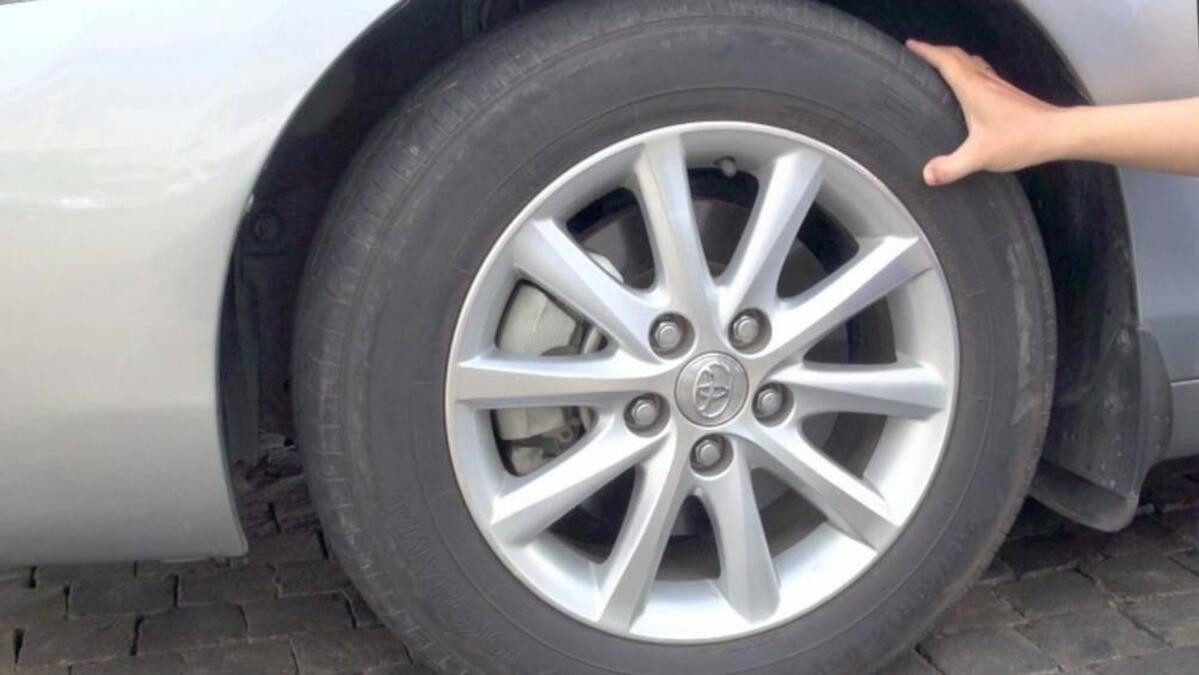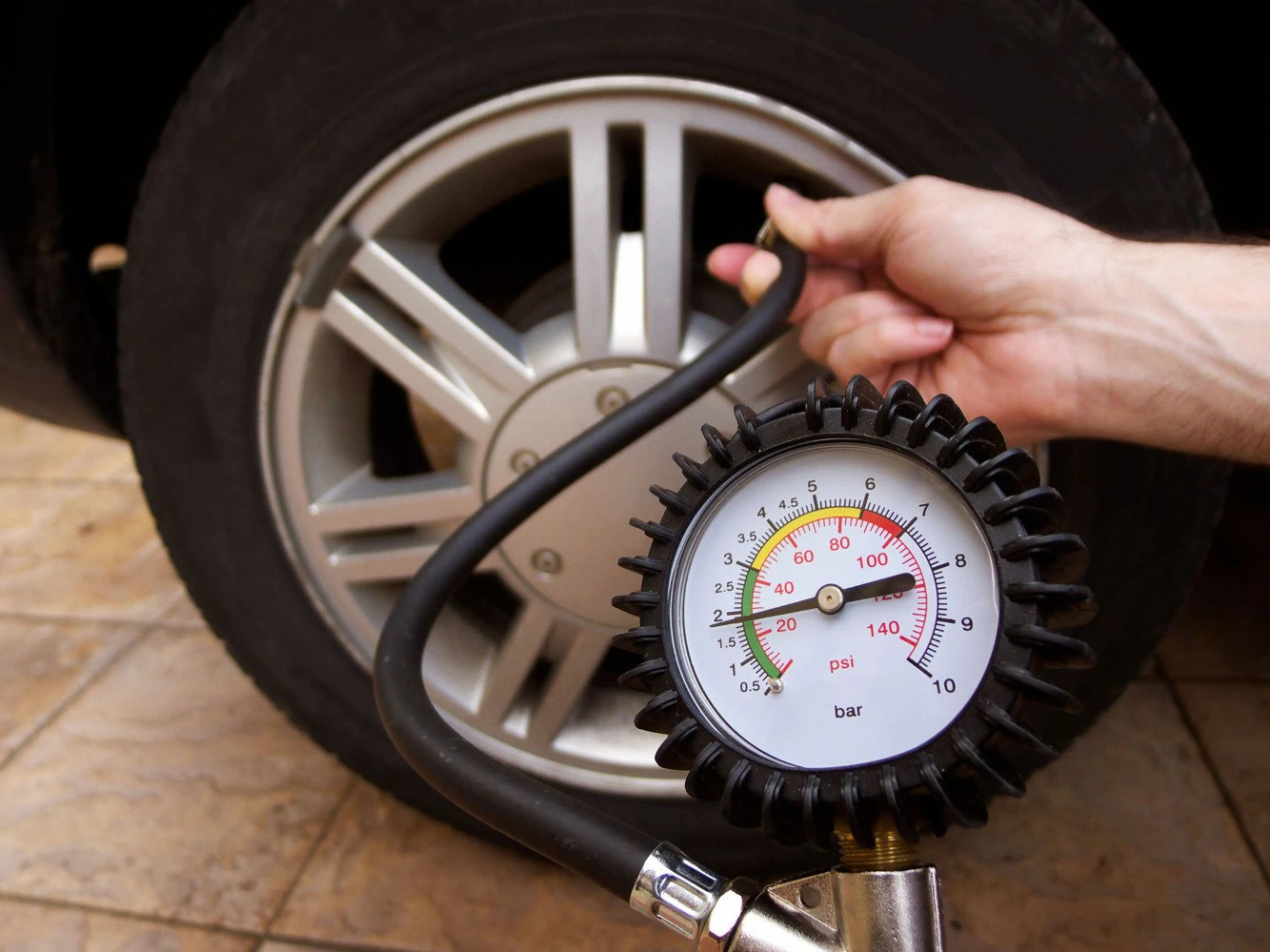Overinflating your car tires is a common mistake drivers make, often with the hope of improving fuel efficiency or tire durability. However, this not only damages the tires but also poses several risks when driving.
Here are the main hazards of overinflating your car tires:
Reduced traction and increased risk of losing control
The traction between the tires and the road decreases when tires are overinflated, making it harder to handle the car, especially when navigating curves or driving on slippery surfaces.

Overinflated car tires reduce traction on the road. Image: Cavaha
Additionally, excessively inflated tires prevent the treads from effectively channeling water, leading to hydroplaning. This further reduces traction and increases the risk of losing control of the vehicle.
Tire deformation and increased risk of tire bursts
When tires are inflated beyond the recommended pressure, the internal pressure builds up, causing stress and compression. This can lead to tire deformation or bulging, especially during long trips or when driving at high speeds.
Overinflating your car tires also increases the risk of tire bursts, endangering your vehicle and those around you on the road.
Impact on driving feel and damage to suspension system
Overinflated tires significantly reduce the ability of the tires to absorb vibrations from the road, resulting in a stiffer and less comfortable ride. This not only affects the driver’s comfort but also negatively impacts the suspension system and other vehicle components. Over time, this can reduce the lifespan of the tires and other parts.
Proper Tire Inflation
To ensure your car tires are inflated to the correct pressure, start by checking the manufacturer’s recommended tire pressure. This information is usually found on the driver’s door frame, fuel filler flap, or in the vehicle’s manual.

Use a pressure gauge to check tire pressure. Image: Vietmap
Before inflating, use a tire pressure gauge to get an accurate reading of the current pressure. When inflating, use a pump with a pressure gauge, and regularly check the pressure to avoid overinflation. Ensure that all tires are inflated to the same pressure or as per the manufacturer’s specifications to maintain balanced handling.
Source: VNN

































